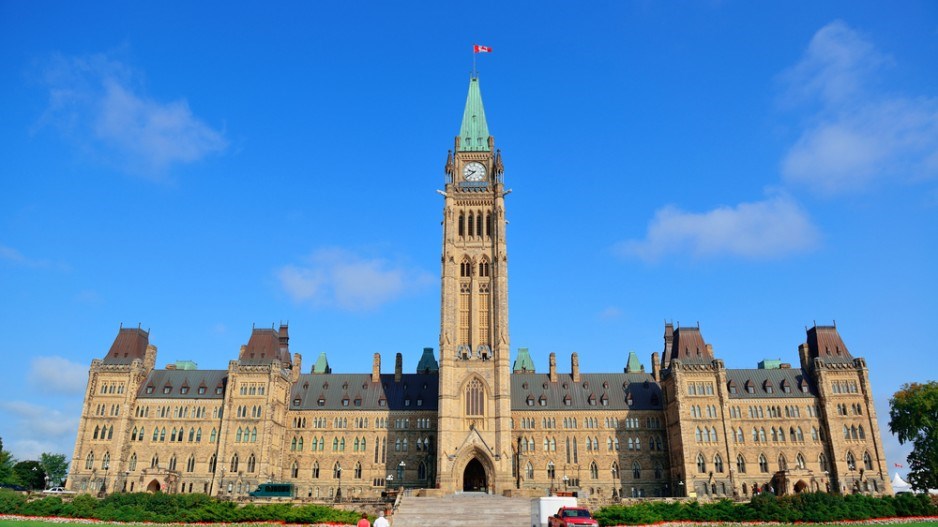The minority government led by Justin Trudeau and the Liberal Party of Canada has gone through its fair share of ups and downs.
Almost six months have passed since the last federal election, and Canadians await a federal budget that will have to deal with unexpected developments, such as the COVID-19 outbreak and a severe drop in oil prices.
In 2019, British Columbia experienced a return to normalcy on the federal political stage. The Conservative Party of Canada received the largest share of the vote in the province (34.1%), followed by the Liberals (26.1%), the New Democratic Party (NDP) (24.4%) and the Greens (12.5%).
This past election saw a drop in support for the Liberals from 2015, when they received 35% of the vote in British Columbia – their best result since the original Trudeaumania in 1968. Still, despite their provincewide vote share falling almost by double digits, the governing party retained 11 seats in the province, far better than their usual tallies when Jean Chrétien was given massive majority mandates by Canadians.
Research Co. asked British Columbians about the parties they would consider voting for at the federal level. The two political organizations that currently have full-time leaders, the Liberals and the NDP, fare better than the two that will be selecting new ones this year – the Conservatives and the Greens.
Let’s start with the Liberals. More than half of British Columbians (56%) would “definitely” or “probably” consider voting for their candidates in the next federal election. The strength of the governing party lies primarily with voters aged 18 to 34 (60%) and women (59%).
A similar scenario ensues when the province’s voters ponder the federal NDP. A slightly higher proportion of British Columbians (58%) would “definitely” or “probably” cast a ballot for the New Democrats – a proportion that rises to 63% among voters aged 18 to 34 and 67% among women.
The absence of a de facto leader may be impairing Canada’s official opposition at this stage. Just under half of British Columbians (46%) would “definitely” or “probably” consider voting for the Conservative party in the next federal election.
The Tories continue to be affected by a gender gap, with 51% of men saying they would consider casting a ballot for the party compared to just 39% of women. The areas where the Conservatives fare best are northern B.C. (57%), the Fraser Valley (48%) and Metro Vancouver (47%).
Fewer than half of British Columbians (45%) would “definitely” or “probably” consider voting for the Green Party in the next federal ballot. The Greens have a clearly defined generational appeal problem, with their potential share of the vote going from 52% among those aged 18 to 34, to 44% among those aged 35 to 54, to just 33% among those aged 55 and over.
Residents of Vancouver Island are more likely to consider voting for the federal Greens (48%) than those in other parts of the province. Remarkably, consideration for this party is identical among male and female voters.
We also asked about the Wexit Party, which became eligible to register in January and is purportedly planning to run candidates in the 104 federal constituencies located in Manitoba, Saskatchewan, Alberta and British Columbia.
The Wexit Party is not resonating with many British Columbians. Only 15% of the province’s residents said they would “definitely” or “probably” consider voting for this party, including 21% of men and 20% of those aged 18 to 34.
There are several factors that can make the numbers shift for the long-standing federal parties in British Columbia. The selection of a new Conservative party leader could bring back some former voters. However, only one of the approved applicants – Rick Peterson – has substantial connections to the province, both in venture capital and as a candidate for the leadership of the BC Conservatives in 2014.
The Greens have a solid base in southern Vancouver Island, but it is still too early to know if a standard bearer not named Elizabeth May will be able to hold that support.
NDP leader Jagmeet Singh will face pressure to outperform his results in 2019. The late Jack Layton kept winning more votes and more seats in every election he contested during a time of Liberal and Conservative minorities.
For Justin Trudeau, the economy will supplant national unity as the issue that gathers the most attention in the next few months. Keeping urban voters in the Liberal fold will require investments in housing and infrastructure, and may be difficult to achieve if the global economic outlook remains uncertain.
Mario Canseco is president of Research Co.
Results are based on an online study conducted from March 4–7, 2020, among 800 adults in British Columbia. The data has been statistically weighted according to Canadian census figures for age, gender and region in Canada. The margin of error, which measures sample variability, is plus or minus 3.5 percentage points, 19 times out of 20.




